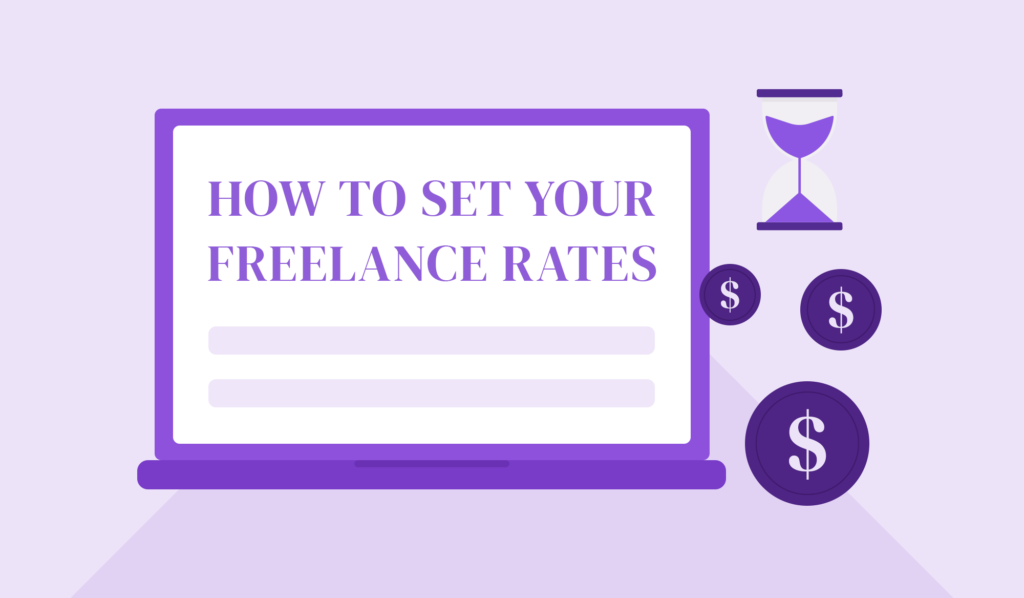How to Become a Freelancer – Side Hustle Pro Tips

Become a Freelancer : The professional environment has experienced notable changes in recent years, witnessing a growing number of individuals venturing into freelancing as a supplementary source of income. With the attraction of flexible schedules and varied revenue streams, those aspiring to embrace freelancing find themselves at the crossroads of promising opportunities and distinct challenges. This guide is dedicated to unraveling essential professional insights for individuals aspiring to excel as side hustle professionals in the expansive field of freelancing.
I. Introduction
A. The Rise of Freelancing The gig economy has witnessed an unprecedented surge, with freelancers contributing significantly to the global workforce. The rise of freelancing reflects a shift in the way professionals approach work, seeking autonomy and variety in their career pursuits.
B. The Appeal of Side Hustles For many, freelancing isn’t just a source of income; it’s a strategic side hustle. The appeal lies in the ability to pursue passion projects, gain diverse experiences, and create a safety net of income beyond the constraints of traditional employment.
II. Choosing Your Niche
A. Assessing Skills and Passions Embark on your freelancing journey by conducting a thorough self-assessment. Identify your core skills, passions, and areas of expertise. This intersection will serve as the foundation for a fulfilling and sustainable freelancing career.

B. Market Demand and Trends While personal interest is crucial, aligning your skills with market demand is equally vital. Research current industry trends, identify gaps in the market, and position yourself in a niche where your skills are not only valued but in demand.
C. Finding the Sweet Spot The ideal freelance niche is the sweet spot where your skills, passions, and market demand converge. Strive to find that unique intersection that sets you apart in a crowded freelance landscape.
III. Building a Stellar Portfolio
A. Showcasing Diverse Projects Your portfolio is your visual resume. Populate it with a diverse range of projects that demonstrate your versatility. Showcase the breadth and depth of your skills to appeal to a broader client base.

B. Highlighting Skills and Expertise Each project in your portfolio should tell a story of your expertise. Highlight specific skills used in each project, emphasizing the unique value you bring to the table. Be intentional in curating a portfolio that speaks directly to your target clients.
C. Crafting a Compelling Story Beyond showcasing skills, infuse your portfolio with a narrative. Share the story behind each project—challenges faced, solutions implemented, and the impact created. A compelling story adds a personal touch, making you not just a service provider but a storyteller.
IV. Setting Your Rates to Become a Freelancer
A. Researching Industry Standards Determine competitive yet fair rates by researching industry standards. Understand the average rates for your skill set and experience level. This research provides a baseline for setting rates that reflect your value.

B. Considering Your Experience Your professional journey, expertise, and the value you bring to clients all influence your pricing. Factor in your experience and the unique insights you offer when determining your rates. Clients often recognize and are willing to pay for seasoned professionals.
C. Value-Based Pricing Strategies Move beyond hourly rates and explore value-based pricing. Assess the impact your services have on clients’ businesses and price accordingly. This approach not only aligns your compensation with the value you deliver but also positions you as a strategic partner.
V. Creating an Online Presence
A. Building a Professional Website Your website is your digital storefront. Invest time in creating a professional website that reflects your brand, showcases your portfolio, and provides essential information about your services. A well-designed website instills confidence in potential clients.

B. Optimizing Social Media Profiles Social media is a powerful tool for freelancers. Optimize your profiles on platforms relevant to your industry. Consistently share your work, engage with your network, and leverage social media as a means of client acquisition and brand building.
C. Leveraging Freelance Platforms Explore freelance platforms to broaden your reach. Platforms like Upwork, Freelancer, and Fiverr connect freelancers with clients seeking specific services. Craft a compelling profile, tailor your proposals, and strategically use these platforms to secure initial projects.
VI. Networking Strategies
A. Engaging in Online Communities Join online communities related to your niche. Actively participate in discussions, share insights, and build relationships with peers and potential clients. Networking within these communities can lead to valuable collaborations and client referrals.
B. Attending Industry Events Attend industry events, conferences, and meetups to connect with professionals in your field. Face-to-face interactions provide opportunities to establish meaningful connections, learn from industry leaders, and stay updated on emerging trends.
C. Cultivating Meaningful Connections Focus on quality over quantity when building your network. Cultivate meaningful connections by being genuine, offering support to others, and maintaining consistent communication. A strong professional network can open doors to collaborative projects and new opportunities.
VII. Effective Time Management
A. Balancing Full-Time Work and Freelancing For those balancing freelancing with a full-time job, effective time management is paramount. Establish clear boundaries, allocate dedicated time for freelancing, and prioritize tasks based on deadlines and importance.

B. Setting Realistic Goals Define realistic freelancing goals aligned with your broader career objectives. Break down larger goals into manageable tasks, creating a roadmap for success. Setting achievable milestones fosters a sense of accomplishment and motivation.
C. Embracing Productivity Tools Explore productivity tools to streamline your workflow. Project management tools, time tracking apps, and collaboration platforms can enhance efficiency and organization. Embrace tools that align with your work style and contribute to a seamless freelancing experience.
VIII. Managing Finances
A. Establishing a Separate Business Account Separate your personal and freelance finances by establishing a dedicated business account. This practice not only simplifies accounting but also provides a clear overview of your freelancing income and expenses.

B. Budgeting for Taxes and Expenses Budgeting is a key aspect of financial management. Set aside a portion of your freelance income for taxes and business expenses. Being proactive in financial planning ensures that you’re well-prepared come tax season and can invest in the growth of your freelancing business.
C. Seeking Professional Financial Advice Consider consulting with a financial professional, especially if freelancing becomes a significant source of income. A financial advisor can offer tailored advice on tax optimization, investment strategies, and long-term financial planning.
IX. Handling Client Relationships
A. Effective Communication Communication is the bedrock of successful client relationships. Clearly articulate project expectations, timelines, and deliverables. Foster an open line of communication, promptly addressing queries and concerns to build trust with clients.

B. Setting Clear Expectations Establishing clear expectations from the outset is crucial. Define project scope, timelines, and any potential challenges. Aligning expectations ensures a smoother collaboration and minimizes the likelihood of misunderstandings.
C. Navigating Challenges Professionally Challenges are inevitable in any freelancing journey. Approach challenges with a solution-oriented mindset. Professionally navigate disagreements, scope adjustments, or unforeseen obstacles. How you handle challenges can significantly impact your reputation in the freelance community.
X. Continuous Learning and Adaptation
A. Staying Updated on Industry Trends The freelance landscape evolves rapidly. Stay informed about industry trends, emerging technologies, and changes in client preferences. Continuous learning positions you as a forward-thinking professional ready to adapt to the dynamic freelance ecosystem.

B. Investing in Skill Development Allocate time and resources for ongoing skill development. Investing in expanding your skill set not only enhances your service offerings but also keeps you competitive in a fast-paced and ever-changing market.
C. Embracing a Growth Mindset Cultivate a growth mindset, viewing challenges as opportunities for learning and improvement. Embrace feedback, seek out constructive criticism, and use setbacks as stepping stones for personal and professional growth.
Conclusion
In conclusion, mastering the art of freelancing as a side hustle requires a strategic combination of skill development, effective communication, and astute financial management. By meticulously crafting your online presence, networking strategically, and continuously evolving your skills, you can position yourself as a side hustle pro in the freelancing realm.
Remember, freelancing is not just about earning income; it’s about creating a fulfilling and sustainable career that aligns with your passion and expertise.


